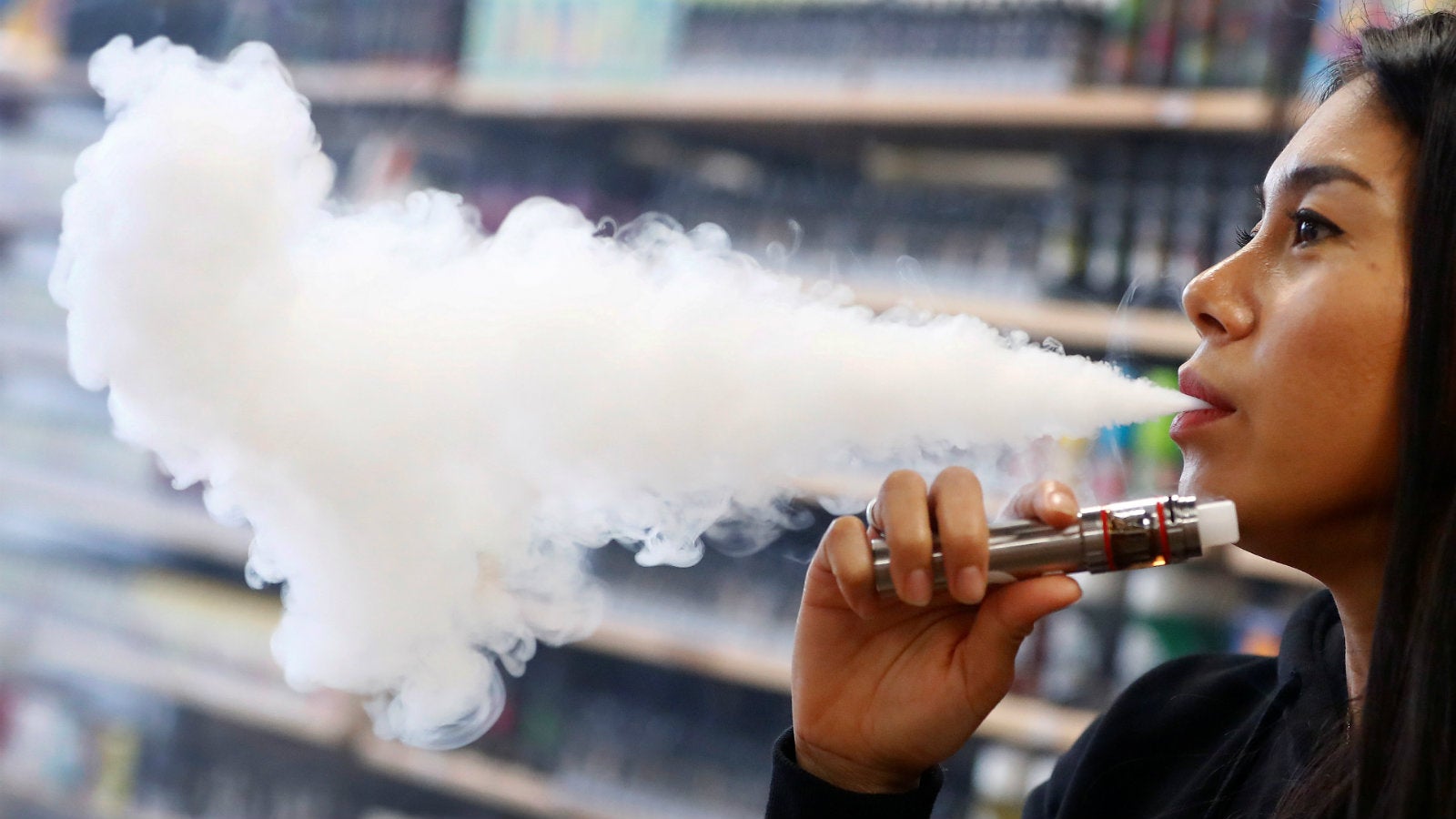India has over 100 million adult smokers, yet it wants a safer alternative banned
One would think that in a country with 100 million adult smokers, health officials would do anything to prevent the consumption of cigarettes.


One would think that in a country with 100 million adult smokers, health officials would do anything to prevent the consumption of cigarettes.
Yet, India is pushing for bans and regulations of products like e-cigarettes that are not only much safer than traditional cigarettes, but are also the preferred method for smoking cessation in many countries.
As much as 13% of the 720,000 annual premature deaths in India are tobacco-related. If India’s leaders are sincere about reducing this figure, there are three preliminary steps that must be taken before effective policy can take root.
Don’t stub out the alternatives
In 2017, a working group of India’s ministry of health and family welfare assessed the health effects of vaping and quickly determined that Electronic Nicotine Delivery Systems (ENDS), which include e-cigarettes and heat not burn tobacco products, are carcinogenic and just as addictive as combustible cigarettes.
This contradicted nearly every thorough toxicology study conducted in the world. Many leading scientists consider ENDS to carry not more than 5% of the risk of combustible cigarettes, which is why in places like the UK, e-cigarettes are now welcomed as a solution to, rather than a form of, smoking.
In a comprehensive report, released early last year, the United States National Academies of Sciences, Engineering and Medicine explicitly states that there is conclusive evidence that e-cigarettes “reduce users’ exposure to numerous toxicants and carcinogens present in combustible tobacco cigarettes” and that “e-cigarettes result in reduced short-term adverse health outcomes in several organ systems” compared to combustible cigarettes.
Last month, the first heat-not-burn product, IQOS, was granted marketing approval by the US food and drug administration. This means it met the regulator’s rigorous standards, which includes being “appropriate for the protection of public health.”
Balanced regulation
Regulatory bodies in India that set rules for the import, sales, possession and use of tobacco and ENDS products must strike a balance between potential risks and opportunities for innovative products. This includes appropriate taxation, public use guidelines, enforcing a minimum age for sales, and individual product restriction surrounding flavour choices and nicotine concentration in tobacco or e-cigarette products.
Policymakers should never lose sight of the fact that proper ENDS regulation will incentivise smokers to move away from combustible cigarettes.
End legal discrimination
Giving preferential treatment to combustible cigarettes, the most dangerous form of nicotine delivery, continues to put India’s smokers at risk of premature death, and is increasingly problematic from a legal point of view.
The World Trade Organization (WTO) forbids certain forms of trade discrimination in its General Agreement on Technical Barriers to Trade (GATT). Specifically, imported products must be treated at a par with “like” products manufactured domestically.
Based on the four major criteria set out by the WTO to determine “likeness”—physical properties, end use, consumer perception and tariff classification—ENDS can be considered as “like” combustible cigarettes. The test does not require that the two products be identical; rather, the greater the degree of similarity between the products based on the outlined criteria, the higher the likelihood that those products will be deemed “like.”
Cigarettes and ENDS share physical similarities and consumers perceive the two as performing the same end-use. From this broader perspective, the natural ENDS comparator is the combustible cigarette—the very product that e-cigarettes intend to mimic and compete with.
Now, e-cigarettes are largely imported into India, while combustible cigarettes are produced locally. Under an ENDS ban, the former will be accorded less-favourable treatment, while its domestic counterpart will be available, which creates a legal issue.
Unfortunately, countries carrying the biggest burden of smoking-related illnesses and deaths also rely the most heavily on tobacco revenue. Tobacco production and sales account for nearly 2% of tax revenue in India and employ nearly 7 million people. It should be acknowledged that imported ENDS products will cut into a revenue stream that India relies on.
However, a cynic might argue that this ill-conceived ban is in fact a nefarious scheme that would enable the government to continue reaping tax from the consumption of combustible cigarettes.
India’s health ministry has simply succumbed to a misinformation campaign that insists that ENDS are just as dangerous as their combustible counterparts. After all, when we start to see the benefits of ENDS in decreasing smoking-related diseases, will anyone be arguing for the continued preferential treatment of combustible tobacco?
We welcome your comments at [email protected].